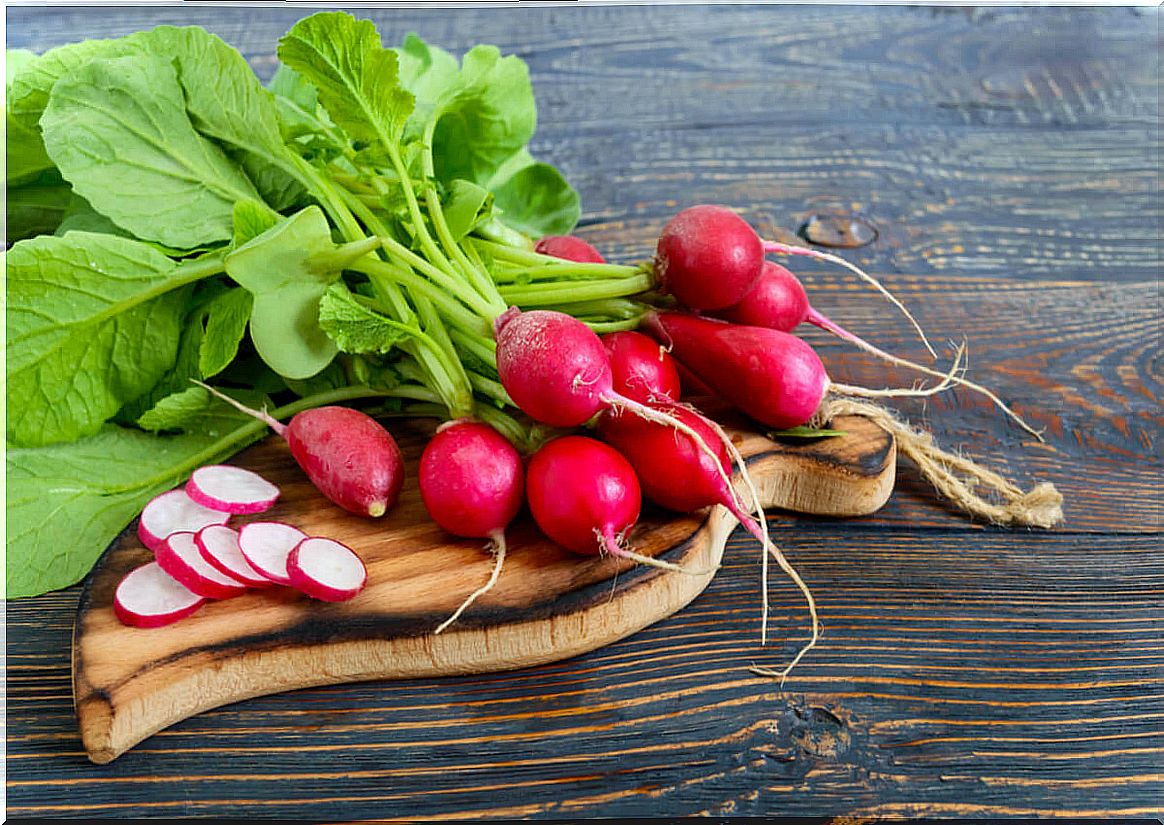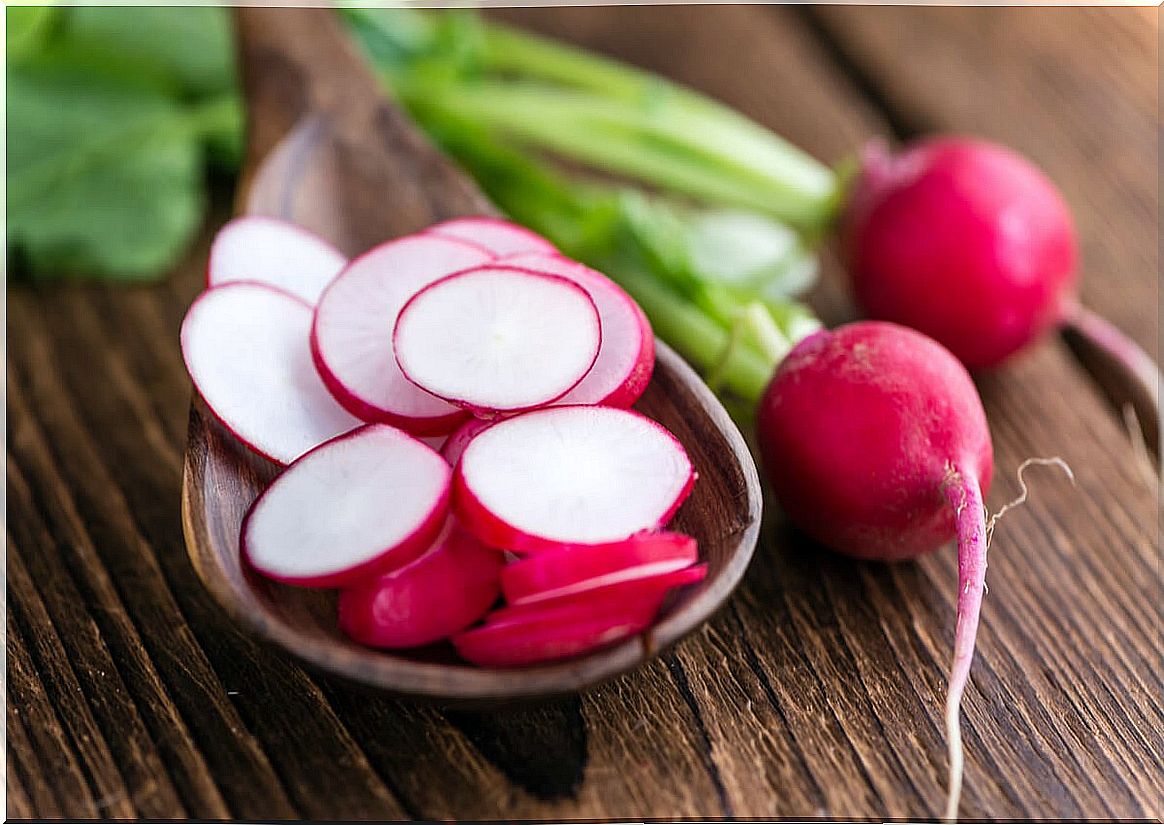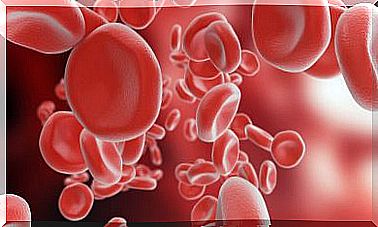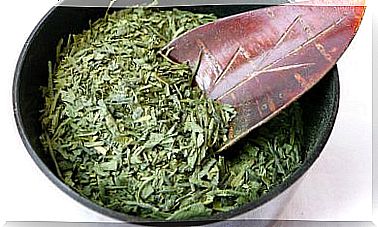Radish Leaves: Benefits And Ways Of Use
The next time you buy radishes, do not throw away their leaves. These, in addition to being prepared like any other green leafy vegetable, could provide certain health benefits. Know what they are.

Radish leaves are not one of the most popular foods in the kitchen. However, if you knew all its benefits, you would surely include them in your diet. In addition, their mild flavor makes them go well in any salad or preparation.
When using this plant, the first thing to do is cut its branches. However, they contain nutritional compounds that could positively influence health. If you still do not dare to try them, we will tell you what they are and how to consume them.
Radish leaves, what are its benefits?
Although there are not many studies regarding its properties, radish has been used in popular culture as an adjunct to treat certain mild conditions such as fever, sore throat, biliary disorders and inflammation. Learn more about its benefits below.

They help to supplement the diet
Due to its low calorie intake, radish leaves can be included in any diet to take full advantage of its benefits. In fact, you can mix them with kale or some other green leafy vegetable to consume in salads, without any charge of conscience.
In relation to this, a publication of the Illinois University Extension in which the nutritional components of a wide variety of vegetables are detailed, points out that half a cup of radish contains approximately 12 calories and practically no fat.
Contribute to digestive health
Radish leaves may help facilitate digestion. Although scientific evidence is still lacking to prove its effects, some studies conducted in animals suggest that its fiber content may be responsible for this benefit.
Indeed, research published in the Food and Agricultural Organization of The United States comments that the consumption of this part of the food can improve gastrointestinal function and fat metabolism.
Could have effects on diabetes
Diabetes is a disease in which blood glucose levels rise above what is considered normal. This is a prevalent condition in the world population and originates due to the low production of insulin in the pancreas or the resistance of the tissues to its action.
According to a review published in the journal Nutrients , all parts of radish appear to have antidiabetic properties. As for its leaves, these could reduce the absorption of glucose by the intestine. Although more clinical studies are needed on these effects.
How to use radish leaves to take advantage of its benefits?
The most common way to eat it is sliced in its raw form. However, radish leaves can be used in different dishes and it takes the same procedure as any green leafy vegetable. Some preparations with this food are the following:
- Salads: Like lettuce or spinach, radish leaves can be added to any salad.
- Soups: they can be cooked inside it and make part of the variety of vegetables that it contains.
- Smoothies: when making these drinks, you can add some radish leaves that will add their properties and will not affect the flavor.
- Tortillas: this dish is simple to make and has a very pleasant flavor. Its preparation is the same as that of an omelette with spinach, only that instead of this last ingredient, radish leaves should be added.
- Sauteed: they can also be sautéed in the wok along with other vegetables. You only need salt and the spices you want to season.

Contraindications and adverse effects
The consumption of radish leaves is considered safe almost always. However, in large quantities, it can irritate the stomach. Also, some people may be allergic to this food, although it is not very common.
On the other hand, women in a state of pregnancy or lactation should be especially careful when consuming it, since there is not enough information about its effects in this period.
Also, since it helps lower blood sugar levels, people with hypoglycemia should refrain from ingesting it in excess. If you suffer from gallstones, you should exercise caution when eating radish leaves. This is because this food increases the flow of bile and this action can cause sudden pain due to blockage of the stones.
Finally, do not forget that, in moderate quantities, the use of this plant does not have any adverse effect, so you can include it in your diet without any problem and check its benefits. If you have any symptoms, it is best to see a doctor.









